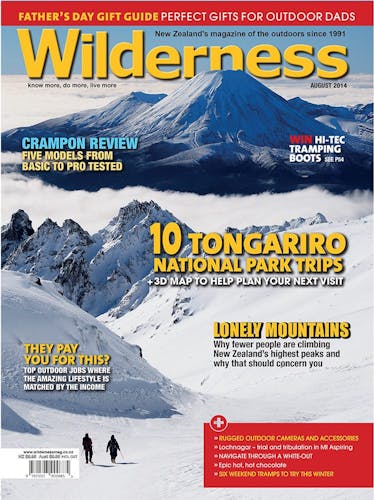So you thought getting an outdoor job leads to a life of penury, but you’ll do it anyway because it’s the lifestyle you want? Well, with these 10 jobs you can have both the lifestyle and the money (at least, more than you probably thought).
1. Run your own outdoor company
At the northern end of Abel Tasman National Park, in the tiny settlement of Tata Bay, lies a small independent kayak company called Golden Bay Kayaks.
The business has been running for almost 20 years and was purchased in 2011 by Tony Bateup and Lisa Savage.
Both saw it as an opportunity to immerse themselves in an activity they love, while enjoying the surroundings of their favourite corner of the country.
But, when you add the long hours and the pressures of running a business, does the reality live up to the dream?
“I think it’s more than we hoped for,” says Bateup. “We get to live in a playground and it’s very satisfying to see customers having such a good time. Some have even told us it’s the best day of their lives – you get such a buzz when someone says something like that.”
But, Bateup adds, living in such a remote location has its difficulties. “The hardest part of the business has been the telecommunication aspects, dealing with incredibly unhelpful telephone businesses and trying to deal with the lack of cell phone coverage and internet.”
The often volatile weather can also create headaches. “Mother Nature has a very warped sense of humour,” says Bateup, “and we have to be on the ball with it all day, every day.”
Running a small company, Tony and Lisa find they often work 13-hour days during the summer season. They’ll regularly find themselves out on the water, whether it’s for guiding, checking conditions or monitoring local wildlife. Their more hardcore personal trips tend to have to wait until the winter months, when there are very few clients. The couple will also head overseas during the winter and help on the family farm.
Qualifications needed: Adventure companies need to be audited by OutdoorsMark
How to get your first break: Get good experience in the industry first, advises Bateup. “It’s imperative you have advanced skills specific to the industry before setting up the business.”
Pay range: Variable. “The hourly rate is well below the minimum wage… well, well, well below!” jokes Bateup.
2. Freelance outdoor photographer
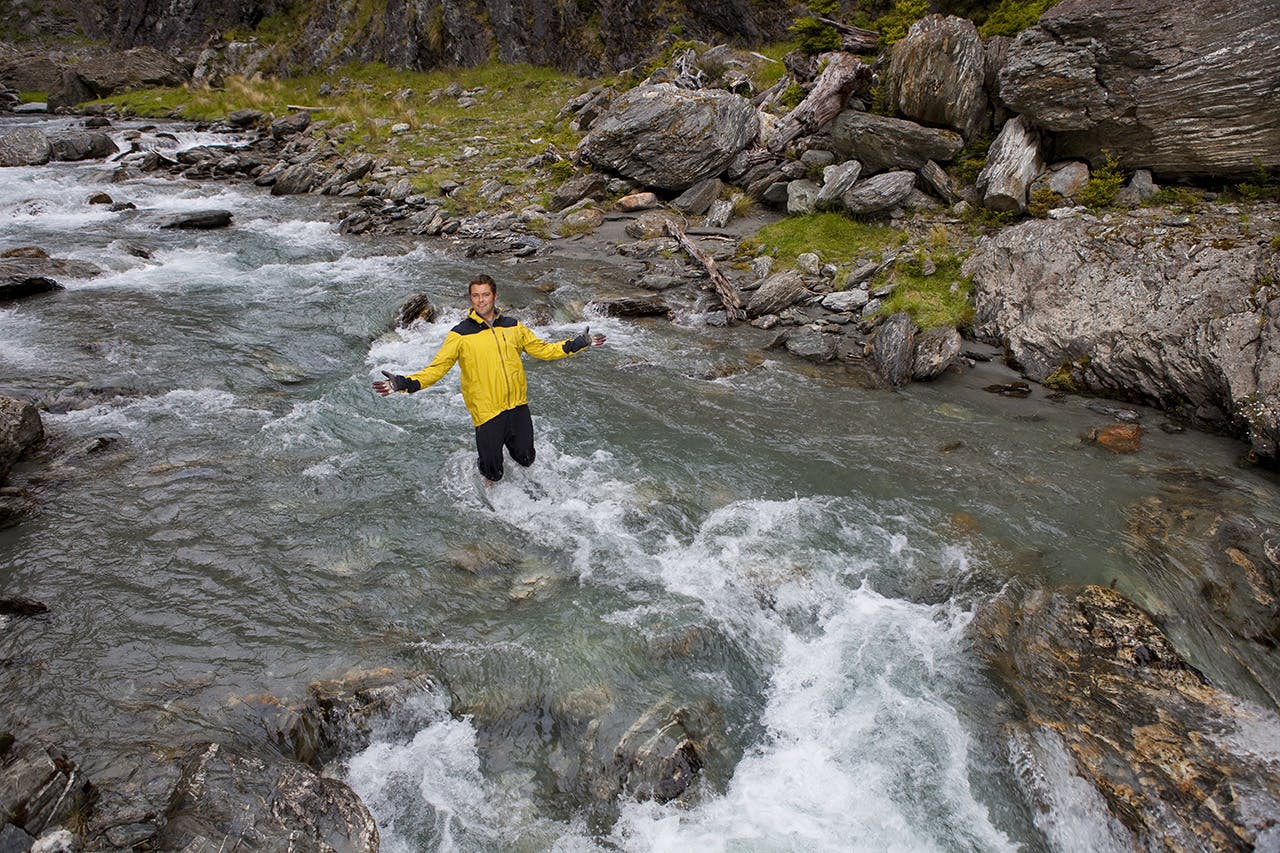
Derek Morrison says successful outdoor photographers need more than just good photo skills – they need to know how to market themselves. Photo: Derek Morrison
Ironically, as an outdoor photographer, Derek Morrison spends more of his working life indoors than out in the open air. Over the years he’s discovered that skills in planning and business management are as vital as taking good photographs when earning a living as a freelance photographer.
Dunedin-based Morrison specialises in sports, adventure and travel photography. His work has taken him across the world, he does multi-day outdoor assignments for the likes of Australian Geographic Outdoor and has worked as a freelance photographer for Wilderness. Each week he’ll do between two and four commercial jobs, one or two editorial jobs and he also runs a weekly blog (www.boxoflight.com) where he shoots a variety of action sports that capture Kiwi lifestyle.
“When I imagined my life as a photographer,” says Morrison, “I envisioned spending my time outdoors the whole time and constantly being on the road on a new adventure. I never realised that I would spend so much time tied to my computer editing images and marketing myself to new and existing clients.”
For each day’s shooting, Morrison will spend a day in the edit studio and another day organising the shoot and marketing himself. “That’s two days inside for every day outside.”
But Morrison is far from disillusioned. “Photography isn’t the highest paid job in the outdoors,” he says. “But you’ll get to travel to some amazing places and have some incredible experiences. Personally I couldn’t put a value on the life I’ve been able to lead.”
As well as loving the days shooting he loves the prep work that precedes it. “With good planning, the shoot is much easier and always a lot more fun.”
Qualifications needed: Morrison says in hindsight he would have advanced his learning curve with a tertiary photography course, but that alone is not enough these days. It needs to be coupled with a business management degree to truly thrive.
How to get your first break: You have to be prepared to let your photography flow and not get hung up on one style or cruise on the heels of a stellar assignment or shoot. You have to keep reinventing and evolving your craft.
Pay range: Pay can be unpredicatable, but Morrison says in a bad year he will turnover $80,000 and in a good one he’ll hit $140,000. “Strangely I worked just as hard in the $80k year as I did in the $140k year.”
3. Film location scout
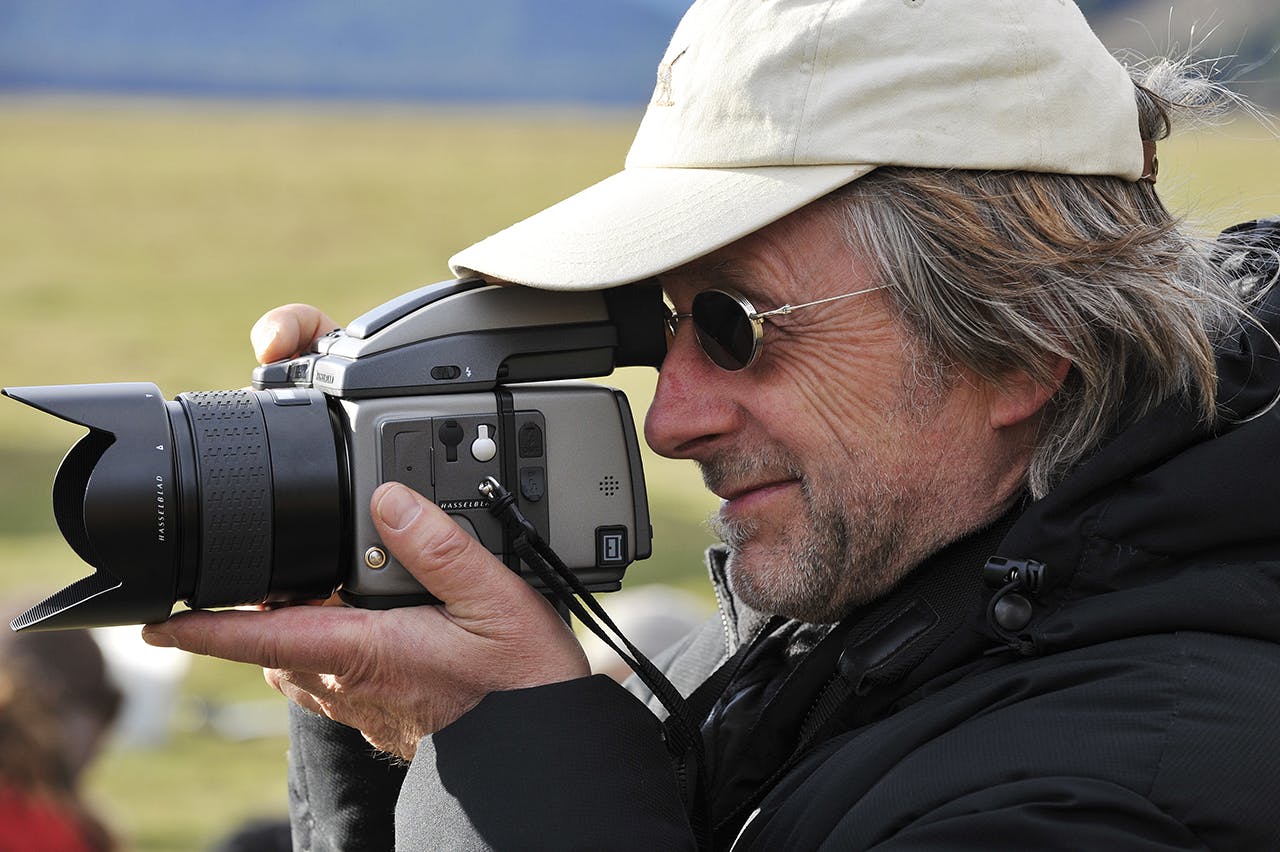
Film location scout Dave Comer behind the camera. Photo: Supplied
When Wilderness asked Dave Comer what the down sides of being a film location scout were, he couldn’t think of anything.
In fact, it is a job that seems to be every bit as romantic as it sounds.
“It’s been a great adventure, no doubt about it,” says Comer.
Travelling on foot, by 4WD, helicopter, and once even by elephant, Comer has spent his career exploring the world and finding great places.
Based in Queenstown, he has also traversed much of New Zealand and had a “fantastic experience” working on both The Lord of the Rings and The Hobbit films.
Comer started in the film industry in the late 80s, after studying fine arts in photography and spending his university summers working in Fiordland. As he came into contact with film crews he realised he had an unusual combination of skills, mixing his visual creativity with a strong geographical sense and knowledge.
For anybody wanting to get into the industry, a creative background and an understanding of the film industry would help, Comer says.
A big part of his job is his relationship with directors and understanding what they need and want. Some projects are “very prescribed” in the type of location they are looking for, right through to the other end of the spectrum where he can use his own creativity. When he scored his first big offshore job, Comer was sent to Bolivia to travel around and “see what’s interesting”.
“Every job is different,” Comer says.
“But the best part is when I’m wandering around by myself with my own thoughts and going to great places.”
Qualifications needed: Film school training may help to get a job in the industry and “a foot in the door”.
How to get your first break: Keep your ear to the ground about what is going on in the industry, says Comer. Put yourself forward for internships or low level jobs and be seen. If you do a good job you will get re-hired.
Pay range: The work is generally freelance contracts, and while day rates can be good, jobs can be intermittent.
4. Helicopter pilot
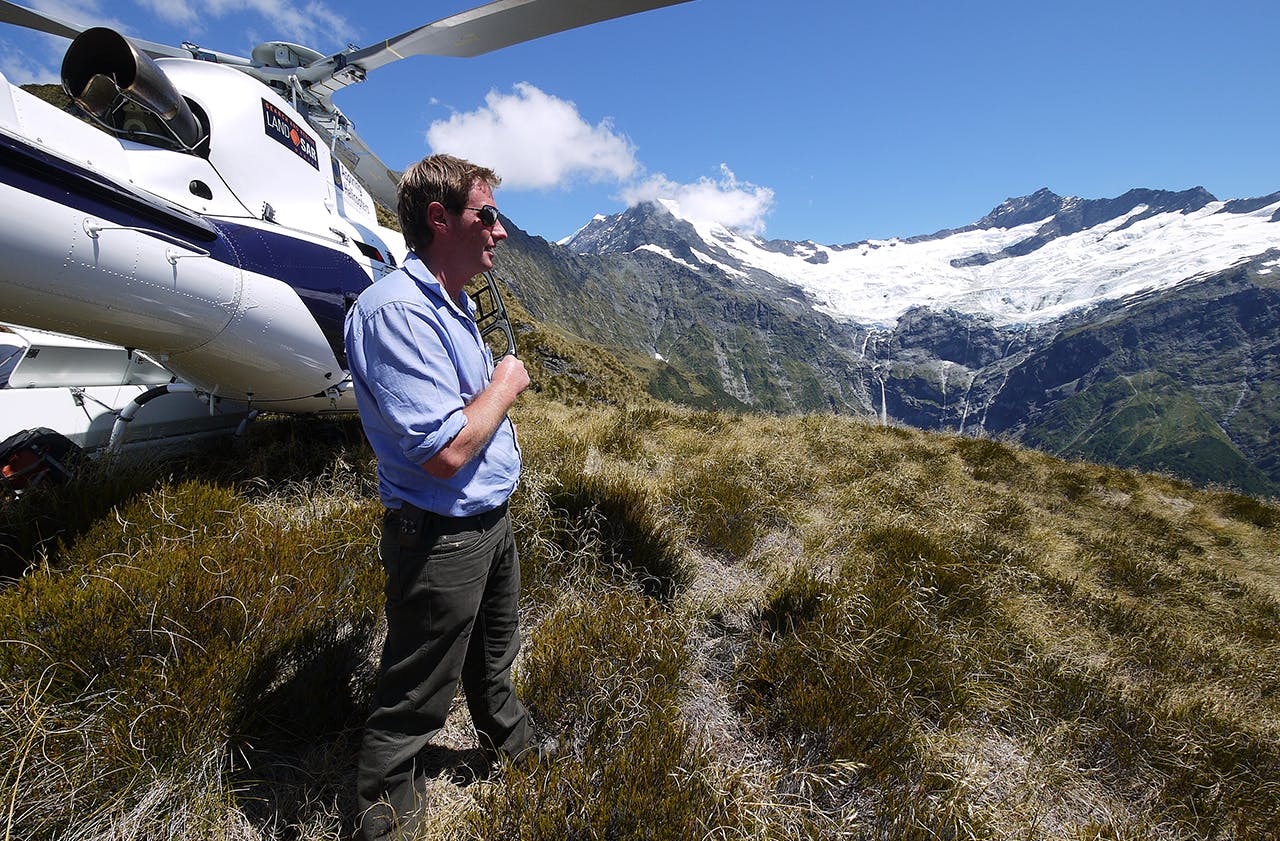
Stunning scenery in Mt Aspiring National Park is all in a day’s work for helicopter pilot James Ford. Photo: Supplied
As a helicopter pilot, James Ford gets to visit and show people some amazing parts of the country that are otherwise inaccessible to most.
Ford flies for Aspiring Helicopters, a company based right on the edge of Mt Aspiring National Park. From track and hut maintenance work for the Department of Conservation, to search and rescue missions and scenic flights, every day can be different, Ford says.
While taking happy, excited tourists on scenic flights is always enjoyable, the commercial flying – such as helping DOC build new huts – is his favourite work.
“That type of flying is pretty challenging. It’s good fun.”
While there are not many downsides to the job, the worst part is the “heap of compliance”, says Ford. “It’s not hard, but it has to be done and done right – every ‘t’ crossed and every ‘I’ dotted.”
The 32-year-old has had his commercial helicopter pilot’s licence for 10 years, but started out in the industry when he left school as a helicopter engineer.
Perseverance and “100 per cent commitment” are needed to make it as a helicopter pilot, Ford says. Training is expensive and the $80,000 outlay to get a commercial license is just “a ticket to start”. When it comes to helicopter pilots, supply exceeds demand and many people head overseas for work.
“It might take five or six years before you get a break. You’ve got to be prepared to stick to it.”
Qualifications needed: Commercial helicopter pilot training can be done through private flight schools or with the New Zealand Air Force and Navy.
How to get your first break: Be prepared to start at the bottom, working in the office and flying whenever you get the chance, says Ford.
Pay range: $28,000 – $45,000 for pilots with one to three years experience. $45,000 – $120,000 for pilots with more than three years experience.*
*Information sourced from Careers New Zealand
5. Alpine guide
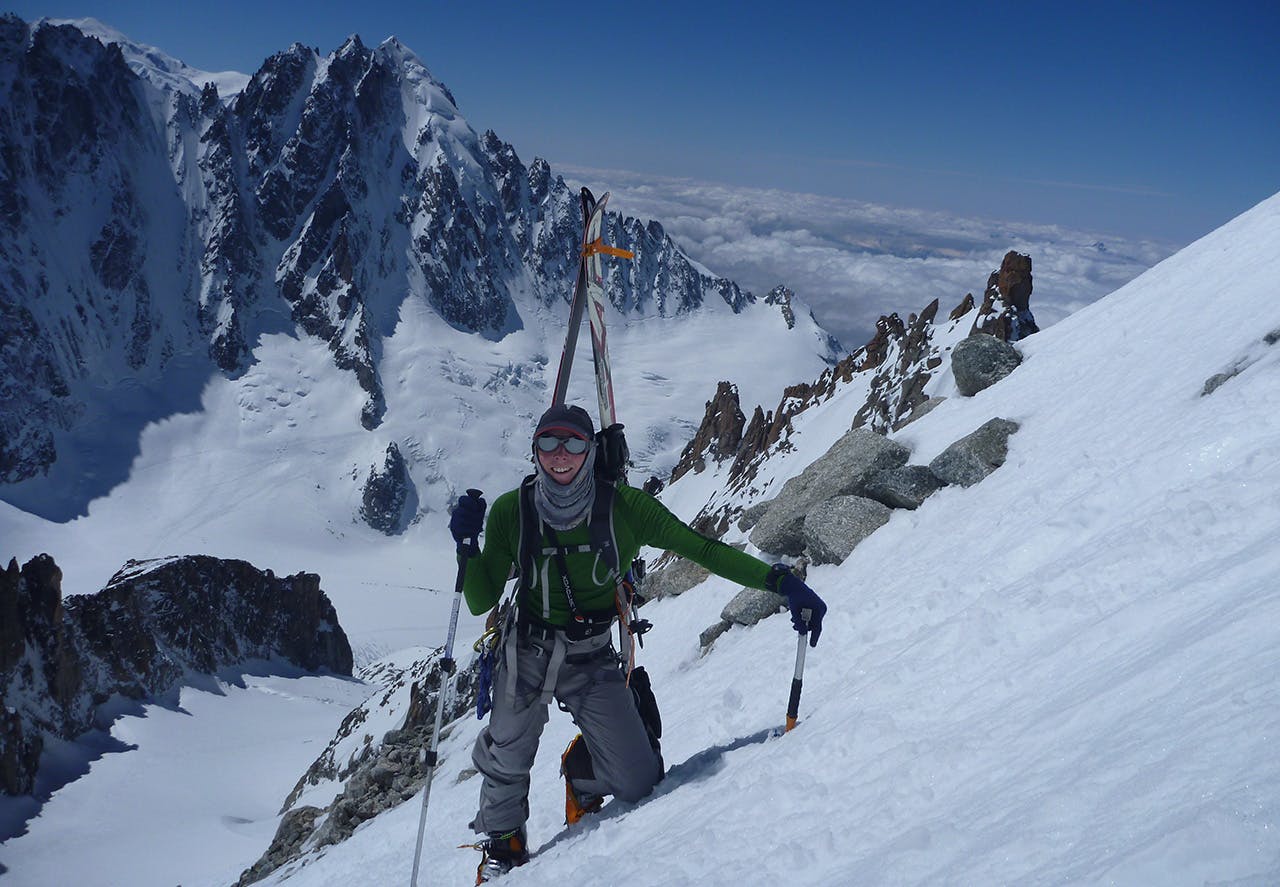
Guide Tim Steward can be climbing the highest peaks one week and snow-shoeing the next. Photo: Jamie Tiplady
Tim Steward spends more time than most exploring New Zealand’s high country by foot. He’s an alpine guide for Aspiring Guides, taking clients mountain and rock climbing in the summer and ice climbing and skiing in the winter.
During peak season (the height of summer and the depths of winter) he’ll spend nearly every day somewhere white and craggy and has been known to climb Mt Aspiring twice in one week.
For Steward, there’s no such thing as an ‘average week’. “I could be guiding a client up Aoraki/Mt Cook or Aspiring one week and then instructing folks on their first trip into the high hills the next,” he says.
“Weather can also keep you stuck in a mountain hut, in town, the climbing gym, the Wanaka crags or doing other activities such as tramping or via ferrata.”
And it’s this variation, as well as meeting new people and sharing the thrill of their experience, that keeps Steward loving what he does. “It’s satisfying sharing the experience as your guests take on challenges and reach a goal,” he says.
The toughest aspect of the job, says Steward, is being away from home for long periods and finding time to take his own trips; when he’s not guiding in peak season it normally means the weather’s foul.
Qualifications needed: A NZ Mountain Guides Association qualification, working towards either Climb or Ski Level 2 assessments. If you qualify in both climbing and skiing you get the internationally recognised IFMGA qualification.
How to get your first break: Get lots experience in your personal climbing and skiing in NZ and overseas. It’s also worthwhile instructing and getting instructor qualifications.
Pay range: Most climbing guides in NZ are self-employed and contracted to the guiding companies. Daily pay is between $200 and $350. A flat-out summer season is 100 days, 30 days in winter.
6. Freshwater ecologist
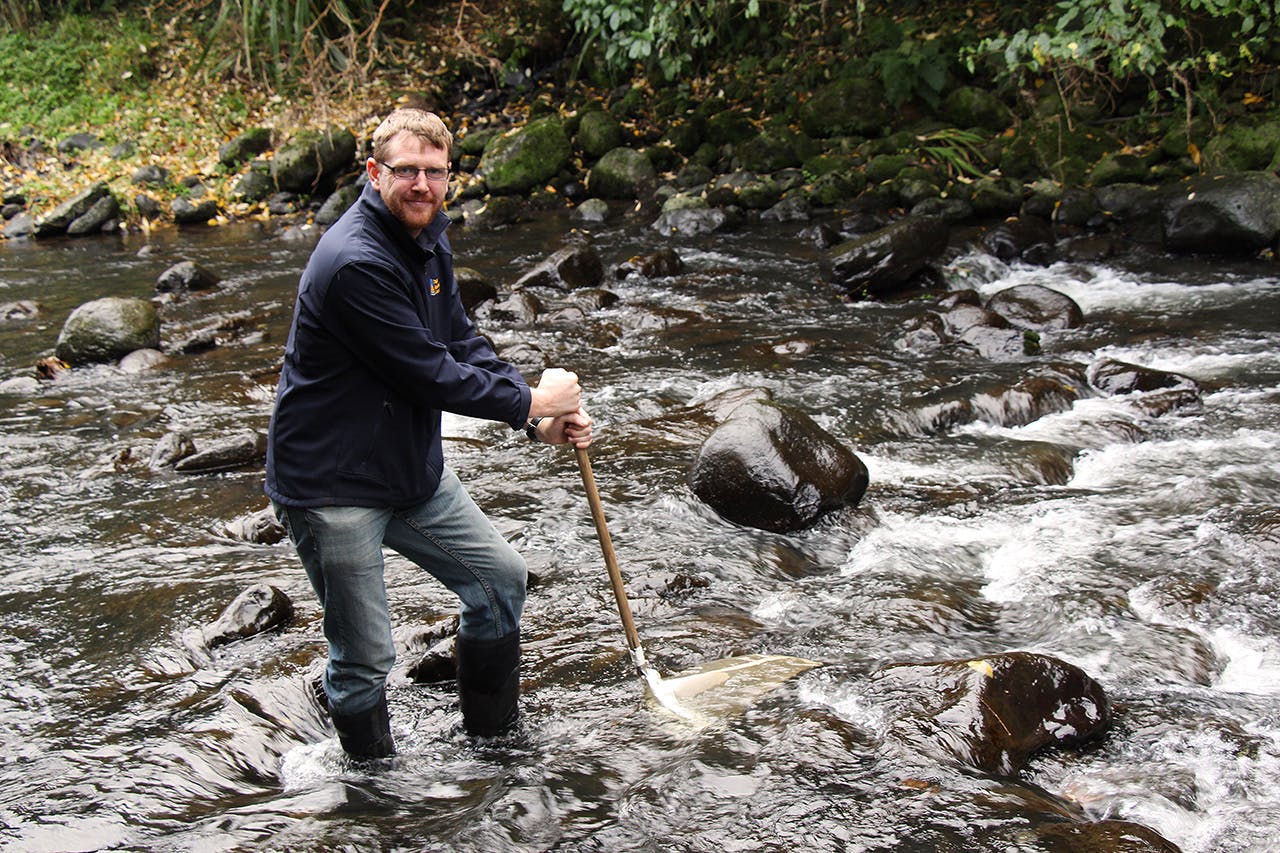
Dean Olsen’s job as a freshwater ecologist sees him collecting fish and algae samples. Photo: Edith Leigh
Dean Olsen has known since he was a teenager that he wanted to be a freshwater ecologist.
“I’m a fisherman. I started fly fishing when I was about 12. I was right into entomology and understanding all the different bugs fish eat,” he says.
At the University of Otago, Olsen went on to do an honours degree and then a doctorate. During his first year of study he got a job on a research team. The job was basically lugging buckets of water and chilly bins around the countryside for other people, but some of the backcountry he visited was amazing, he says. “I got to see places I would otherwise never have got to.”
A career in ecology also offers job opportunities around the world and Olsen spent a couple of years doing post-doctoral research in the United States, until New Zealand’s rivers drew him back home.
One of the best parts of the job is definitely the field work, Olsen says, although field work can range from “the glamorous stuff” like flying in helicopters to remote and inaccessible backcountry, to somewhat less alluring tasks such as collecting samples from wastewater discharges.
In his present job at the Otago Regional Council, he covers both water quality and water quantity which adds a nice variety to his work. Time away from the office is more limited, but specific projects do get him outdoors surveying fish and invertebrates or collecting algae from rocks.
One aspect of his work he finds difficult is the conflicts created around water use.
“Water is a hot issue,” he says. From water users, such as farmers, who often have publically-unappreciated good intentions but also face financial business constraints, through to “preservationists who want to lock everything up” the debate can get intense.
But by providing good scientific analysis and research, a freshwater ecologist can make a difference.
Qualifications needed: An honours degree will get you in at a technician level, but if you want to do more science a Masters would be the minimum.
How to get your first break: Don’t look at your training and study as something that needs to be done, but as a journey in itself, Olsen says. “Try to find opportunities wherever you can. If you’re passionate about what you’re doing, doors will open, but keep at it.”
Pay range: Environmental scientists with one to five years of experience can earn $55,000 to $85,000. Senior environmental scientists with more than five years’ experience can earn up to $105,000.*
Source: www.careers.govt.nz
7. Volcano technician
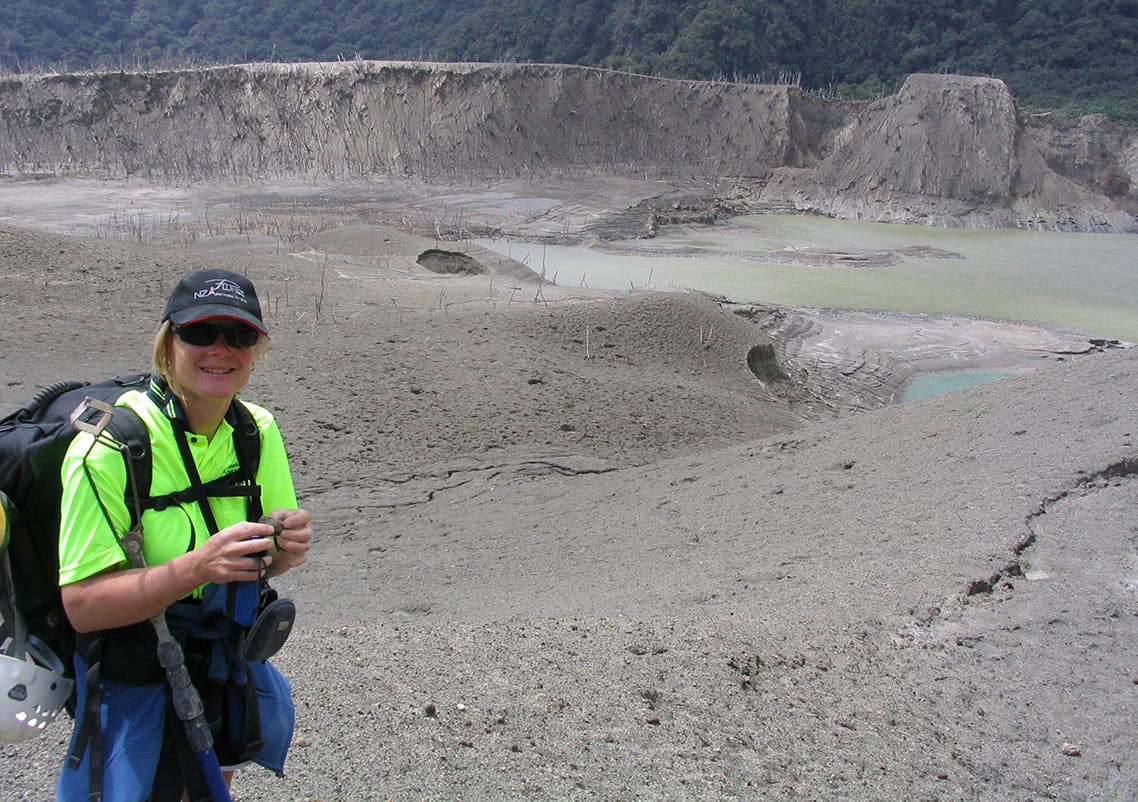
Karen Britten’s job is to give advance warning for major volcanic eruptions. Photo: Supplied
Two days after talking to Wilderness, volcano technician Karen Britten was off to Raoul Island for two weeks.
Her job as a volcano – or in more technical terms, a geochemistry – technician at GNS Science sees her travelling to volcanos and geothermal sites to collect gas samples and other data for hazard monitoring.
It’s a job the 57-year-old has done for the past 20 years and it seems her passion for what she does has not waned over the years.
“It’s an amazing job. I’m very lucky. It’s taken me to some amazing places.”
Some of those places include a scuba diving project to collect under-sea bubbles around White Island and a trip to the Aeolian Sea in Italy to study underwater volcanoes. Another highlight was a research trip flying by helicopter around Fiordland to sample hot springs associated with the alpine fault.
The main aim of hazard monitoring is to try to give advance warning of events such as volcanic eruptions, which can be “incredibly satisfying” when we get it right, Britten says.
When Mt Tongariro’s Te Maari Craters erupted in 2012, scientists had noticed increased seismic activity which prompted them to go up the mountain and collect gas samples from monitoring sites. The changes in the gas composition enabled them to warn local residents something was happening in the mountain and to put in place systems for fast evacuation.
The chance of a volcanic eruption happening while Britten is in the field is always in the back of her mind, but is not something that overly worries her. She always checks the seismicity before she goes, as this is often the first indication something is happening.
Britten started her career in a research laboratory with a science degree in biochemistry. However, she enjoyed working outdoors and going on trips, so when the opportunity came to work as a geochemistry technician she grabbed it and 20 years later she still loves what she does.
Qualifications needed: An undergraduate science degree is the bare minimum.
How to get your first break: Earth sciences is a relatively small field worldwide, but if you want to be involved in research you should aim for a Masters or PhD, says Britten.
Pay range: Pay for a science technician ranges from $36,000 to $60,000. Pay for a scientist, such as a geophysicist, ranges from $75,000 to $170,000.*
*Source www.careers.govt.nz
8. Outdoor event organiser
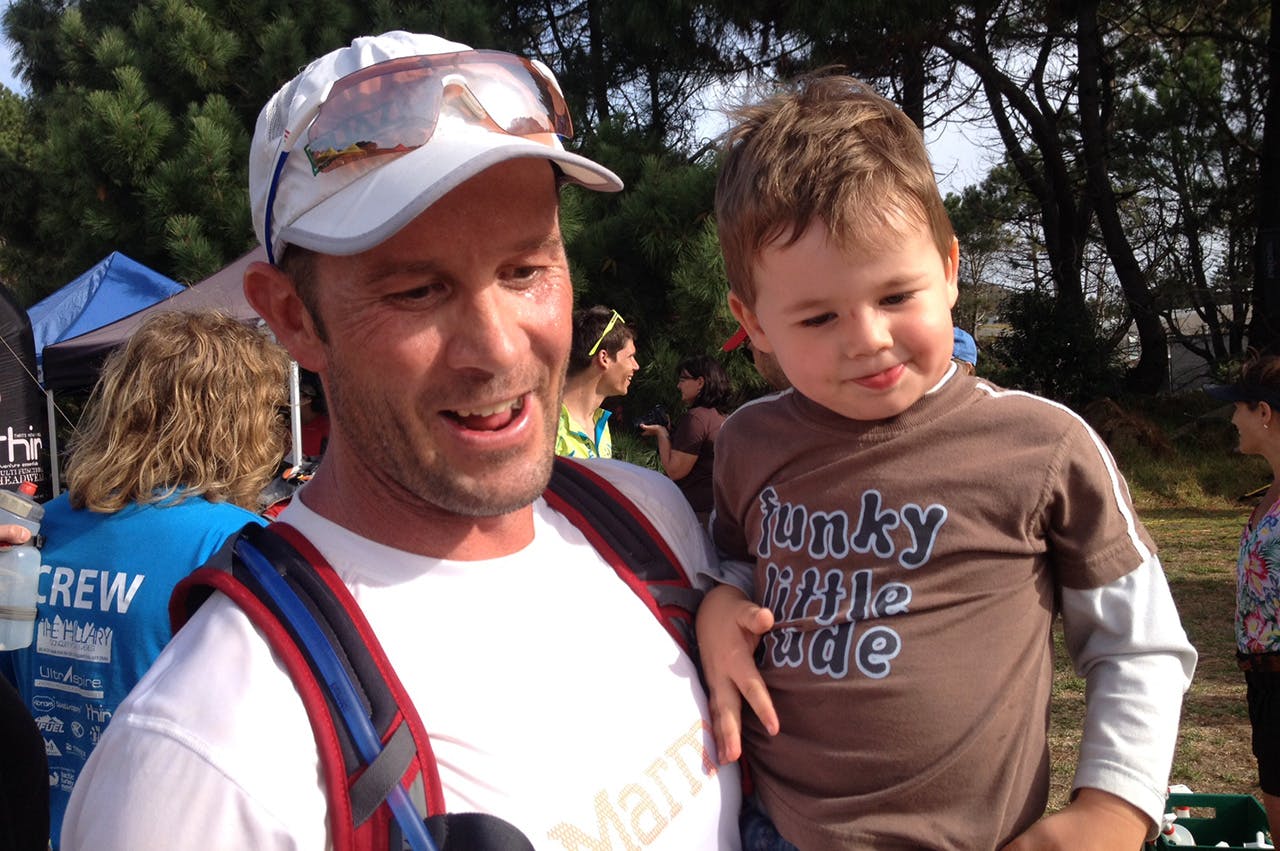
Aaron Carter started Total Sports 14 years ago. Photo: Supplied
Seeing people change their lives around events he organises and runs is one of the most satisfying aspects of the job for Aaron Carter.
“I’ve seen people transform completely from being a couch potato or morbidly obese to finishing one of our events,” Carter says. “It’s phenomenal.”
Carter, who owns and operates Total Sport, started his business 14 years ago when there weren’t nearly as many adventure and trail running races available as there are now. He soon realised there was a market for people just like himself, who weren’t out to win, but simply enjoyed doing running and biking events in scenic locations.
From doing everything himself, recces for new race locations, marketing, gaining sponsorship and running the event, Carter now employs a team of eight.
Coming up with an idea from nothing – just having a beer with a mate or going for a run – and then running with it is what he loves: “The whole building process is what gets me fired up about the industry,” he says.
To come from simply an idea and then see people giving up not just their money, but more importantly their time to compete and have an amazing time, is “pretty rewarding”, Carter says.
The job doesn’t come with many downsides, but one of the hardest aspects can be the long days leading up to an event. “You can cram a 40-hour week into two or three days when it comes to crunch time,” he says.
Every day, however, Carter says he feels lucky to be doing what he does.
“I feel really privileged to work in the industry because it is so full of positive.”
Qualifications needed: A degree in sport and recreation or event management.
The right personality and attitude, with an ability to develop relationships and relate to sponsors, are also important.
How to get your first break: Immerse yourself in the industry and get known – ring people, email them, volunteer at events and compete in them to learn about what makes a good one.
Pay range: Pay ranges from $50,000 to $70,000.
9. Ski patroller
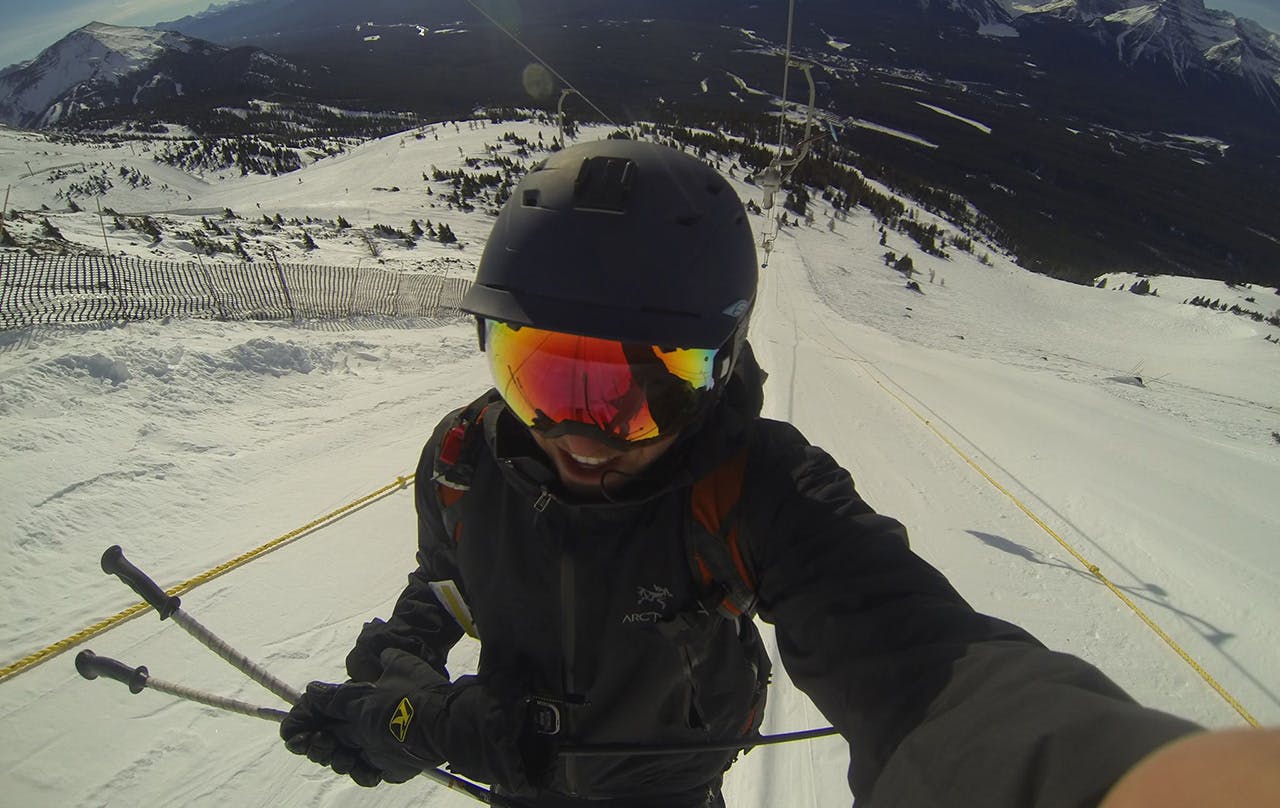
Paddy Mayne loves being a ski patroller but says getting year-round work can be hard. Photo: Supplied
Paddy Mayne loves skiing and thrives on dealing with stressful situations. So a ski patroller seemed an obvious choice of occupation.
Last NZ summer he worked on a resort in Canada and this winter he is working in Whakapapa. Each morning he’ll help clear snow laden slopes to keep the public safe from avalanche risk. On a few mornings each year, when the avalanche risk is particularly high, patrollers detonate the snow to create an avalanche themselves. “It’s amazing,” says Mayne. “Even the old timers get a thrill out of doing that.”
Then they get everything prepared – signage, fences – for when the public arrive. During the day, ski patrollers normally work in pairs with one at the top of the slope and the other skiing laps, checking for hazards and people in strife.
If something goes wrong, they’re the first on the scene. “It’s an all or nothing job,” says Mayne. “You can get whole days without incident, in which case you’re just skiing around. But on another day you can get a big call where someone has severe head injuries or a back injury.
“Other people don’t like the unpredictability but I feel it keeps me on my toes – you’re expected to perform. When the s*** hits the fan you need to be confident.”
Mayne also enjoys the camraderie between team members who work in close proximity for months at a time. But the hard bit for him is turning it into a year-round job. Working in the northern hemisphere is possible but visa restrictions can make this difficult long-term.
Qualifications needed: Certificate in Ski Patrol at Tai Poutini Polytechnic. This covers all the skills you’d need and includes the first aid training and Stage 1 Avalanche qualification.
How to get your first break: The good ski patrollers are the ones that really want it and are motivated. If you work hard, you’ll get the big experiences and have fun.
Pay range: Starting wage is around $17/hour and the ski season runs for 4½-5 months
10. DOC Ranger
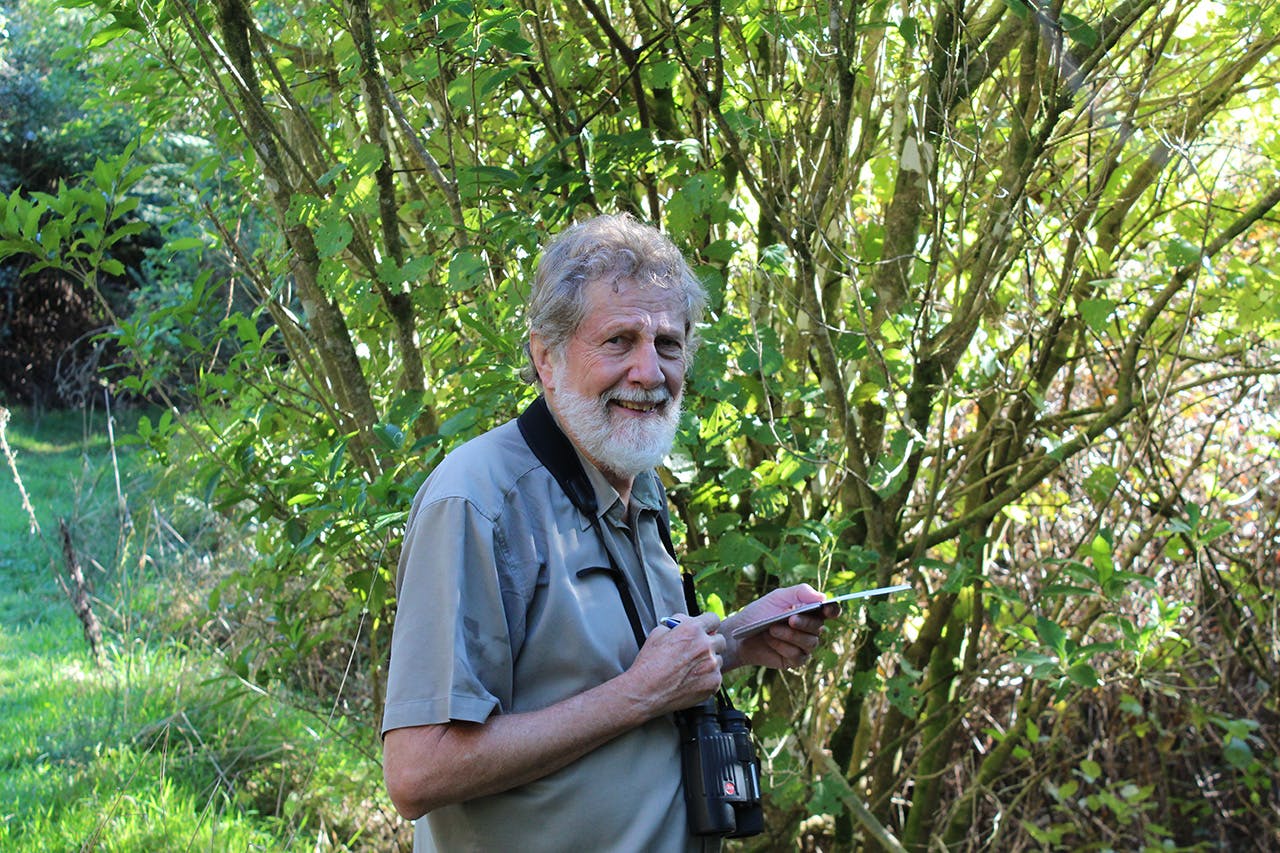
Bruce Postill says a being a DOC ranger is for the love of the job, not the money. Photo: Supplied
One job that can see you in the great outdoors for long periods of time is being a ranger for the Department of Conservation.
Biodiversity ranger Bruce Postill has been in the job for 40 years. His role includes bird monitoring, predator control and protecting forests around Pirongia, Waikato.
The term ‘ranger’ covers a broad spectrum of jobs and Postill says, whichever role you have in the department, the important thing is having a passion for what you do.
“No-one works here for the money,” he says. “And no-one sees it purely as a job. It’s more than that – it doesn’t pay as well as other jobs so you have to be very highly motivated.”
Postill believes the lifestyle is a real draw card, especially for those based in the really hard-to-reach places. “It’s a different way of life where you might get trapped in by snow, experience black outs and it can be a long way to get your groceries.
“You get good physical fitness from being a ranger and it’s a great environment to work in, which is good for your mental health.”
The demands of the lifestyle can also lead to difficulties for the families of rangers who work in remote areas. “Even if you’re based at Mt Cook Village,” says Postill, “your partner isn’t likely to have goals which can be found there. It’s hard for couples long term and children of high school age often have to go to boarding school, which is expensive.”
Qualifications needed: A National Certificate in Conservation, from the Nelson Marlborough Institute of Technology (NMIT), provides the skills and training necessary to become a trainee ranger. Many tertiary qualifications, such as a BSc in zoology, botany, ecology or geography or a diploma in wildlife management are also useful.
How to get your first break: Volunteer with DOC to spend time with rangers and get an insight into how the department works. Get yourself on to the course at NMIT.
Pay range: Starting wage: $35-$40,000. This can increase to as much as $60,000 for those who continue to work outdoors.





